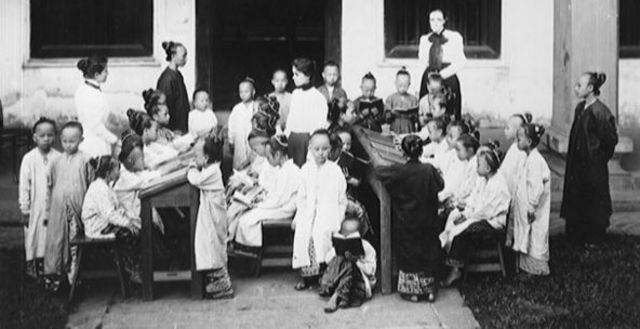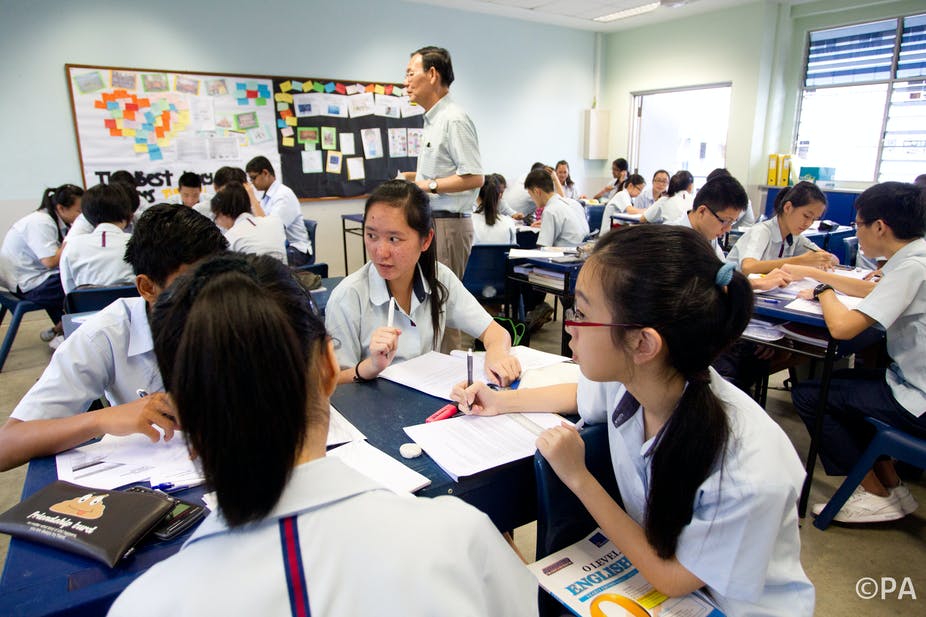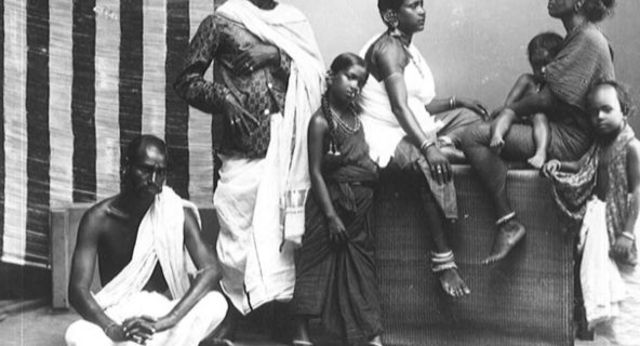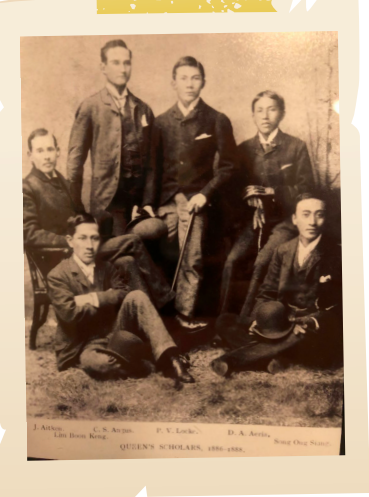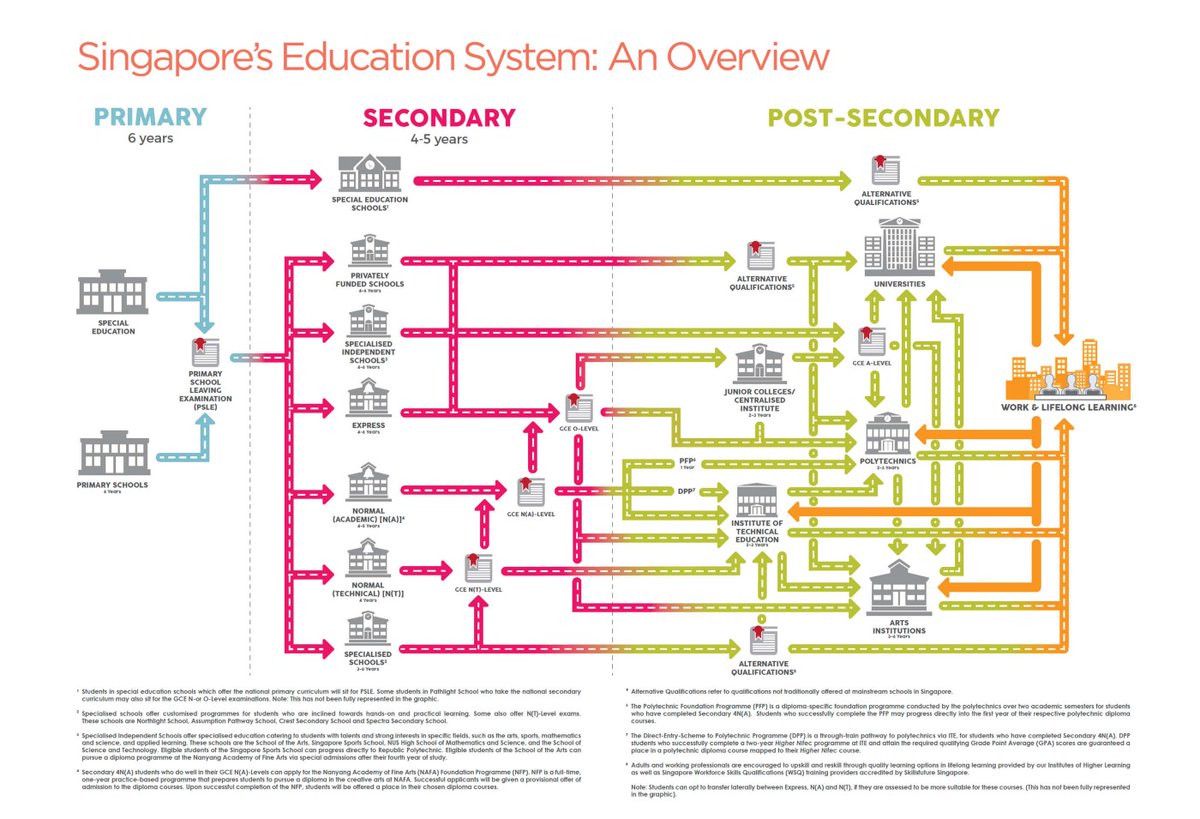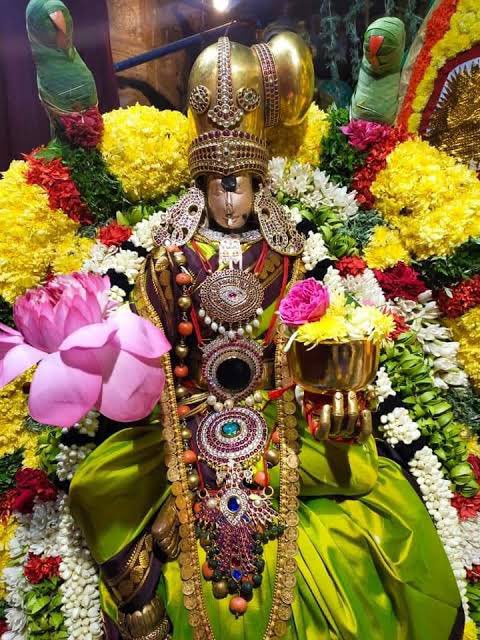Like many other colonial countries, Singapore’s colonial educational history, too, is characterized by ‘benign neglect, ad hoc policy making, and indifference to consequences’.
Initially, Singapore mostly had Indian schools. Most Indian schools were small private schools. There were also a few Chinese and Malay schools, but Indian schools were predominant in the primary section. Tamil and other native Indian tongues were taught in such schools.
The Chinese schools were entirely funded and set-up by private organizations, such as the Singapore Hokkien Huay Kuan. The Chinese community ran their own schools, employing China-born teachers and using textbooks imported from China. Malay schools were very few in numbers.
The first English school in Singapore was set up by Stanford Raffles on Jan 1, 1823 "to educate the sons of the higher order of natives and others, to such of the Company's servants & others they may desire it, to collect the scattered literature and tradition of the country."
Raffles had secured a grant from the East India Company to open schools for all children on a fee-paying basis. His initiative was supported by other private enterprises, too. Foreign missionaries also got involved and opened their institutions providing education in English.
It was from these English schools, in the late 19th century, the first batch of lawyers, clerks, officials, businessmen, secretaries emerged, creating a middle class that increasingly adopted Western customs and engaged in European sports and pastimes.
The British colonial government also established the Queen’s scholarship in 1885 to enable outstanding local English-speaking students to attend British universities and to get 'familiarized' with the British culture.
This photograph is of some early 'sponsored' scholars.
This new middle class became instrumental in arguing for an education in English. The colonial authorities also believed that an education in English would foster loyalty to Britain. Several new schools were opened in the early decades of the 20th century.
There was a significant increase in spending in government schools, and many new schools providing education exclusively in English were opened, including Telok Kurau School in 1926 and Radin Mas Elementary English School in 1927, versions of which still exist today.
Vernacular schools were prevalent in colonial Singapore, although it was largely the result of ground-up initiatives by members of the community giving back to society, setting up schools that taught in their respective languages.
During World War II, many students in Singapore dropped out of school, causing a huge backlog of students after the war. After World War II, the British colonial government declared the new policy of providing free primary education to all races.
On 1 Jan 1947, as part of post-war rebuilding schemes, the 10 Years Programme for Education Policy was conceptualized. It stood on the principles of free primary education for boys and girls of all races, aimed at helping Singapore develop the capacity for self-government.
On Jan 1, 1957, a New Education Ordinance emphasizing equal treatment in terms of funding, standards, and staff qualifications for both Government and Government-aided schools was published. The Registration of School Ordinance was revised into the Education Ordinance in 1957.
During the 1950s and 1960s, when Singapore started to develop its own economy, It adapted a "survival-driven education" system to provide a skilled workforce for Singapore's industrialization program as well as to lower unemployment.
But as Singapore's economy started to prosper, in the 1980s, it shifted its focus from quantity to quality. More differentiation for pupils with different academic abilities was implemented, including the revamping of the vocational education system.
The Gifted Education Programme was also set up to cater to more academically inclined students In 1997, the Singapore education system started to change into an ability-driven one after then Prime Minister Goh Chok Tong outlined his "Thinking Schools, Learning Nations" vision.
In the 'reformed' Singaporean system, English remains the language of instruction for most subjects, although all students from a very early age will also study their ‘mother tongue’ language, and often other languages which are commonly used in the region.
In this documentary, Janice Petersen travels to Singapore to find out how its education system works. It also looks at the high-stakes testing and asks whether the culture of competition puts too much pressure on kids.
https://t.co/V9wrj9POmy
